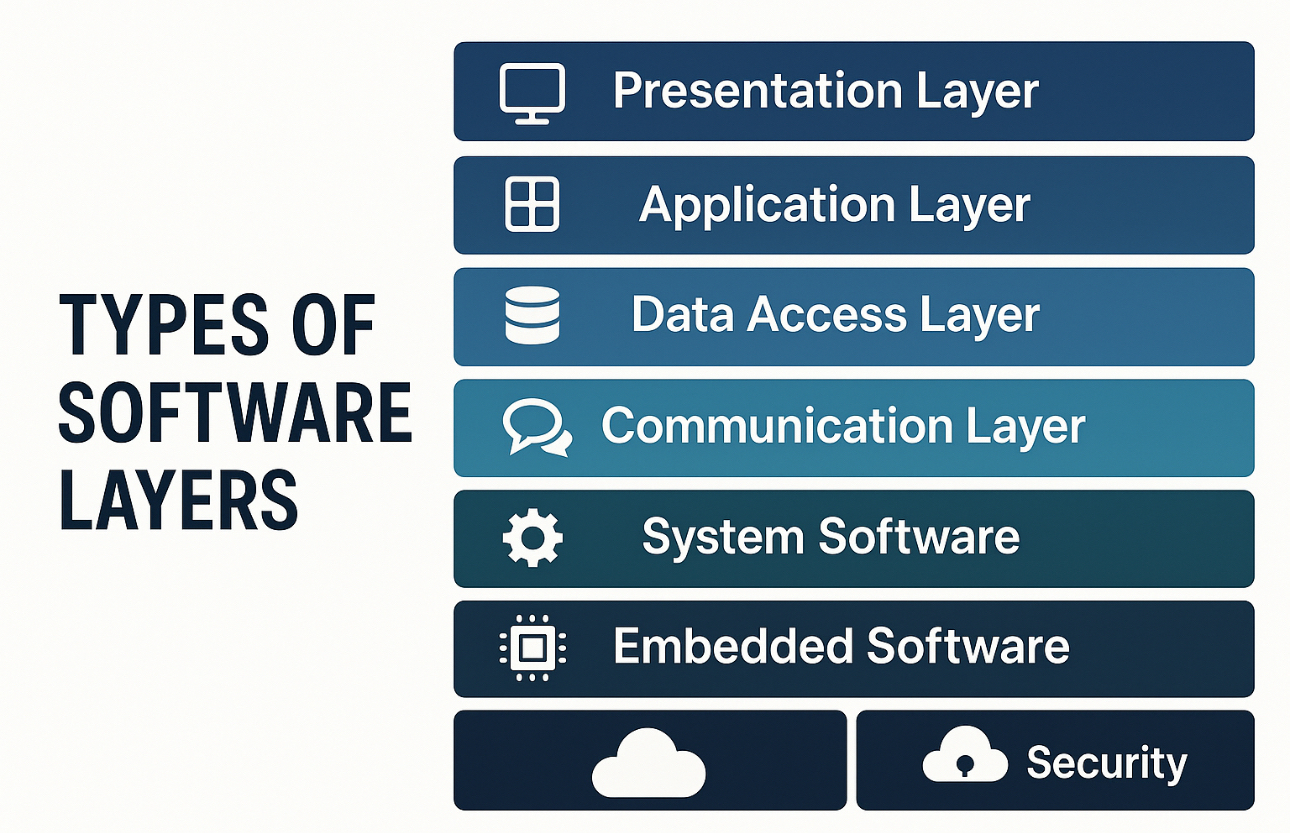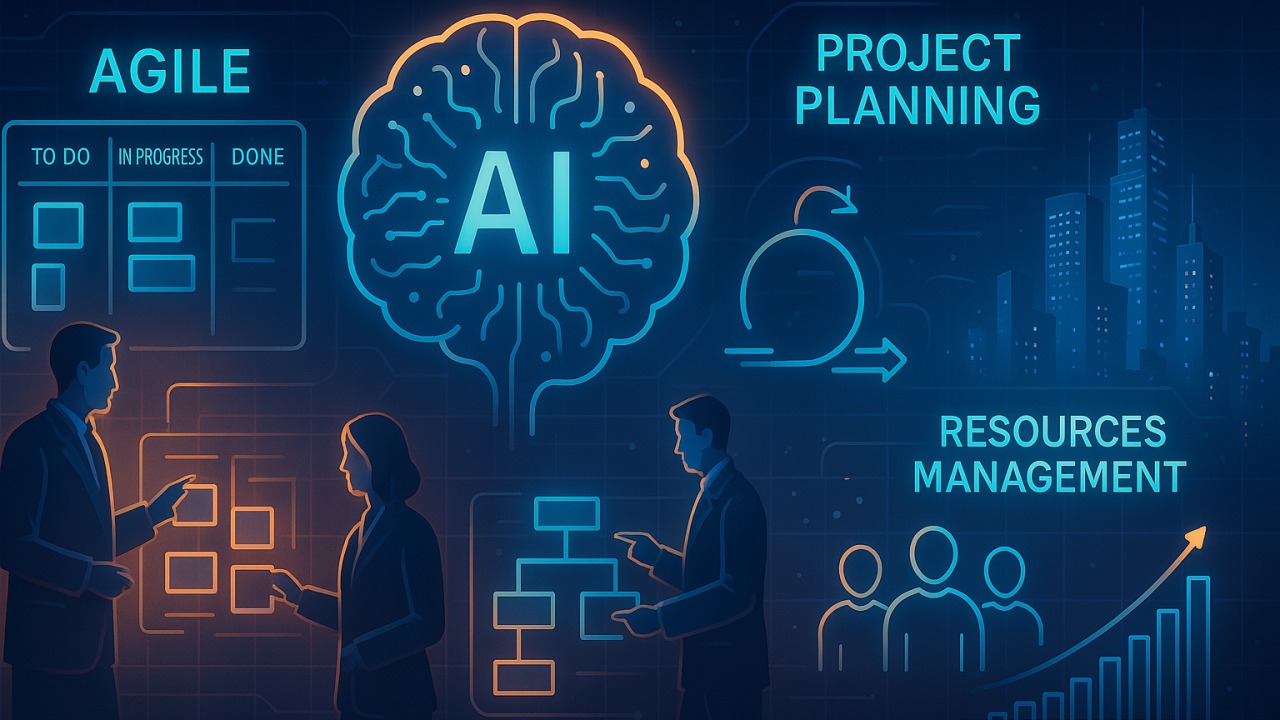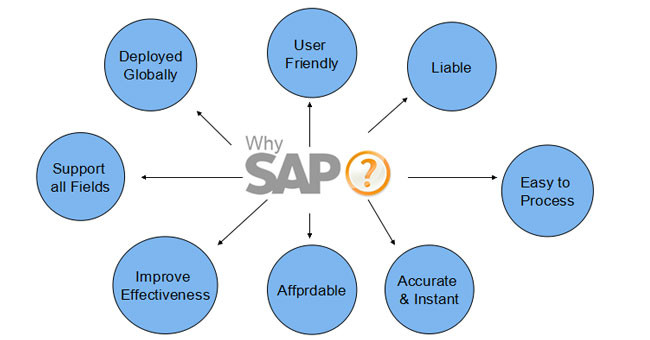Introduction
In today’s fast-paced digital ecosystem, software systems have become the backbone of every enterprise’s technological infrastructure. The performance, scalability, and maintainability of a system are significantly influenced by how its software is structured. One of the most effective architectural paradigms used in software development is the layered architecture.
Software layers provide an abstraction that helps in designing robust, modular, and maintainable systems. Each layer performs a distinct function and communicates with
adjacent layers through well-defined interfaces. This blog aims to offer a detailed understanding of all critical software layers, their definitions, functionalities, technologies involved, and practical relevance.
Why Software Layering Matters
Implementing software layers provides the following advantages:
· Modularity: Simplifies development by isolating functionality
· Maintainability: Enhances the ease of updating individual components
· Testability: Promotes unit and integration testing
· Security: Allows focused enforcement of security policies
· Scalability: Makes it easier to scale layers independently
What Are Software Layers?
Software layers refer to the logical divisions within a software system, where each layer is responsible for a specific aspect of the functionality. These layers promote separation of concerns, thereby making the system easier to understand, develop, test, and maintain.
Key Objectives of Software Layering:
· Modularity and reusability
· Scalability and maintainability
· Separation of business logic from user interface and data
· Enhanced testability and debugging
Types of Software Layers
1. Presentation Layer (UI Layer)
Definition:
The Presentation Layer is the topmost layer of a software application that interacts directly with the user. It is responsible for displaying information and capturing user inputs.
Features:
· Render UI components (webpages, mobile app screens, desktop forms)
· Handle user input
· Trigger appropriate backend actions
2. Application Layer (Service Layer)
Definition:
The Application Layer acts as a mediator between the UI and the core business logic. It orchestrates the execution of business rules and manages workflow logic.
Features:
· Handle client requests
· Execute workflows
· Validate inputs and format outputs
3. Data Access Layer (DAL)
Definition:
The Data Access Layer manages communication with the underlying database. It performs CRUD (Create, Read, Update, Delete) operations and ensures data integrity.
Features:
· Query execution
· Data transformation
· Connection pooling and transaction management
4. Database Layer
Definition: The Database Layer is where actual data storage occurs. It handles the persistence of data and provides mechanisms for structured access and storage.
Features:
· Store, update, and delete persistent data
· Manage schemas and indexing
· Handle transactions and backups
5. Communication Layer (Integration Layer)
Definition: The Communication Layer handles interaction between different software modules, services, or systems. It ensures smooth and secure data exchange.
Features:
· API routing and messaging
· Data transformation and format handling
· Inter-service communication
6. Embedded Software Layer
Definition:
The Embedded Layer is found in systems with hardware integration like IoT devices. It involves low-level programming for real-time control of hardware.
Features:
· Interface with hardware components
· Manage sensors
· Optimize for performance and memory
7. System Software Layer
Definition:
The System Software Layer includes the foundational programs that manage hardware and system resources. It enables other software to run effectively.
Features:
· Manage hardware abstraction
· Handle file systems and memory
· Provide system utilities and device drivers
8. Cloud and Middleware Layer
Definition:
This layer consists of software that provides services over a network, including middleware that connects applications and cloud-based systems.
Features:
· API gateways and service buses
· Identity federation
· Distributed application management
9. Security Layer
Definition:
The Security Layer ensures the protection of data, systems, and users through various mechanisms like authentication, authorization, and encryption.
Features:
· Manage user identities
· Implement access control
· Enforce data encryption
Conclusion
Layered software architecture is not just a design pattern—it's a foundational principle in developing modern, scalable, and reliable software systems. Whether you're building an enterprise-grade CRM or an embedded IoT solution, understanding each software layer ensures strategic development and long-term success.


















